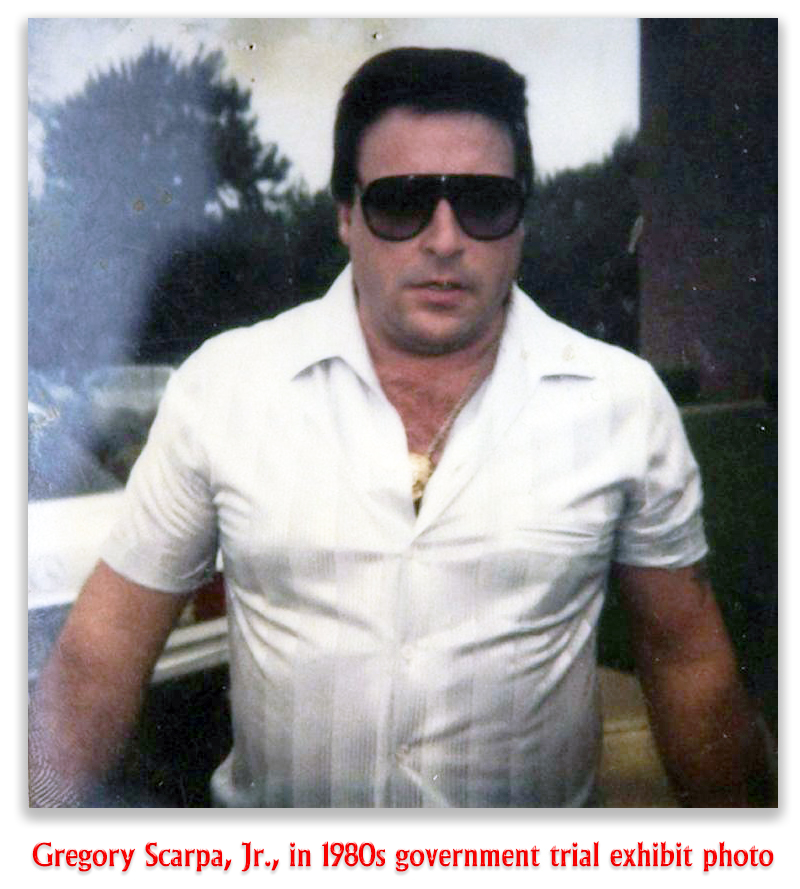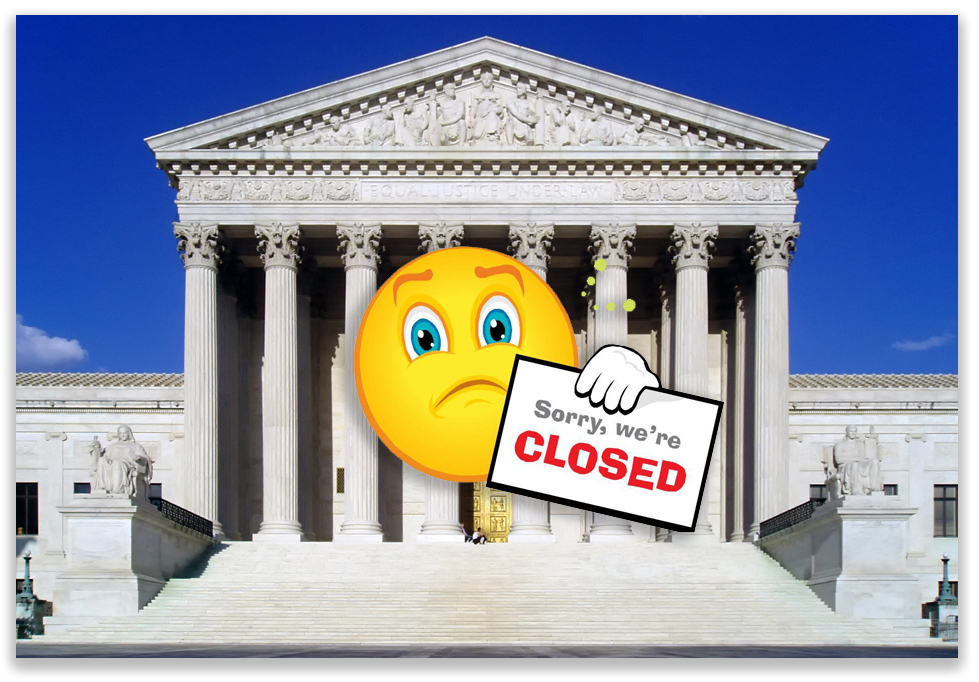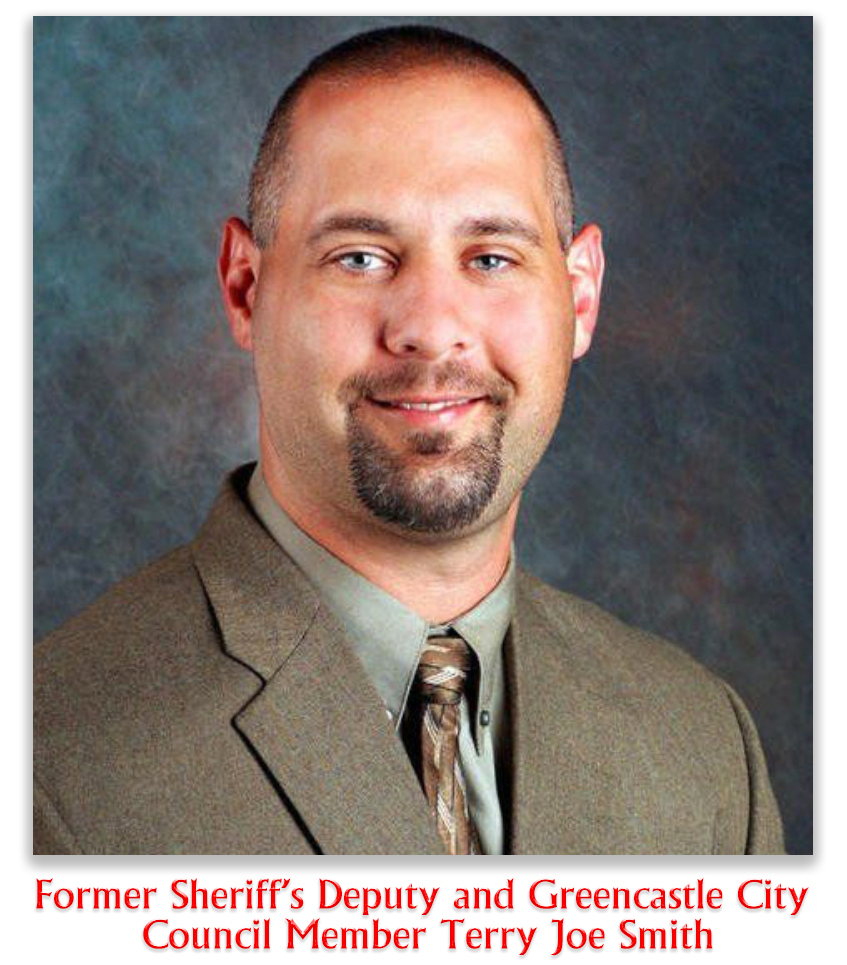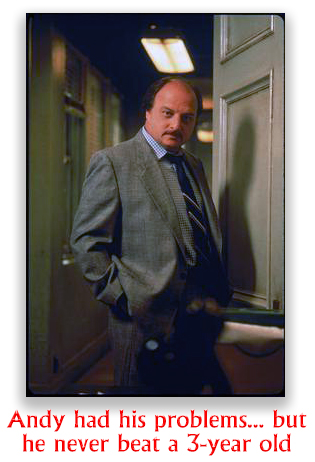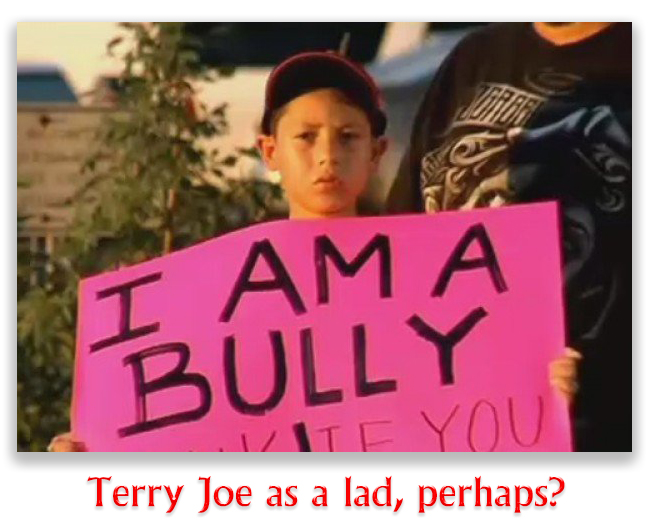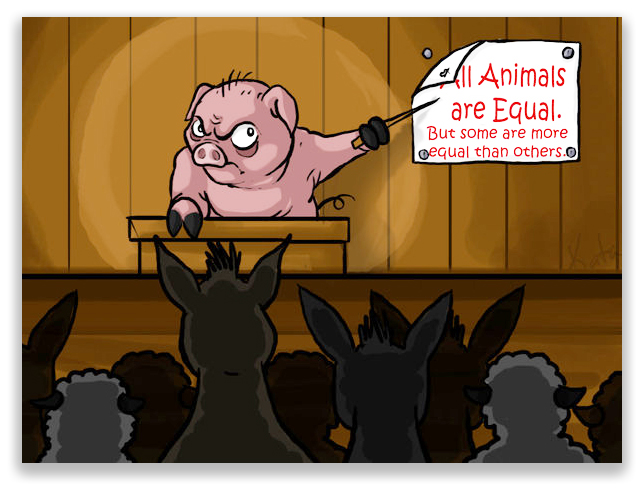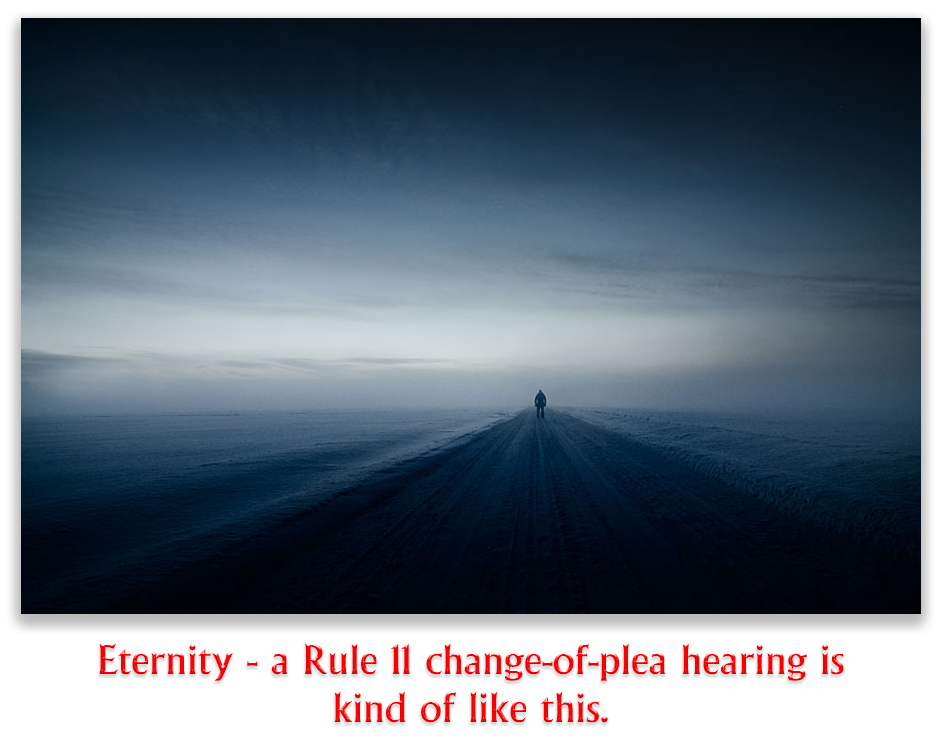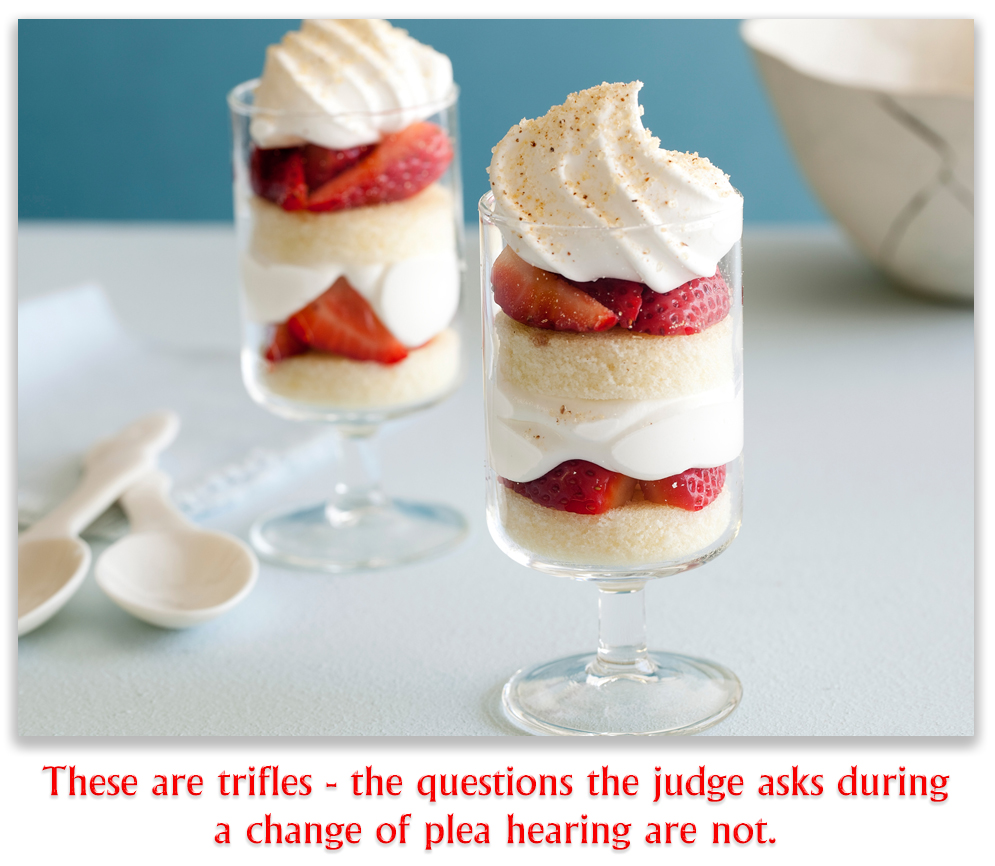We post news and comment on federal criminal justice issues, focused primarily on trial and post-conviction matters, legislative initiatives, and sentencing issues.
SUPER MARIO
 Mario Crancho, a trucker from Mexico, got busted in Arkansas with 43 kilos of coke hidden in his trailer. He wisely agreed to cooperate, and proceeded to make controlled deliveries, identified stash houses and debriefed extensively on the trans-border coke trade.
Mario Crancho, a trucker from Mexico, got busted in Arkansas with 43 kilos of coke hidden in his trailer. He wisely agreed to cooperate, and proceeded to make controlled deliveries, identified stash houses and debriefed extensively on the trans-border coke trade.
Of course, the government freely used its considerable powers to assist Mario, too. First, the government somehow failed to pass on to the Presentence Report writer the actual drug quantity Mario had shipped, instead mentioning only two of over 20 trips Mario had made from south of the border. This conveniently omitted probably 95% of the quantity he had actually shipped, leaving him with a very favorable advisory sentencing range of 168-210 months. The district judge wondered why, but lacking any cooperation from the parties in providing the right number, he ultimately adopted the PSR “without change.”
Then, at the sentencing hearing, the prosecution waxed rhapsodic about Mario’s assistance, calling it very substantial and asking for a 50% sentence cut from the low end of his guidelines pursuant to a USSG § 5K1.1 downward departure.

The district court reluctantly granted the government’s 5K1.1 motion, concluding that Mario had provided substantial assistance. But the judge was troubled, and pretty clearly had had a bellyful of these kinds of deals. The court said he was “really struggling with this because, while he has provided substantial assistance, what it does is shows me the breadth of… his involvement in these drug crimes, and it’s huge.” The district court had “seen people with not nearly this culpability go to jail for extended periods of time” and was “struggling with the 50 percent reduction and with the low end of the guidelines.”
And isn’t that the problem? The government has so much power to shower love on people who assist it, no matter their prior culpability. And the poor shmuck who peddled nickel bags on the corner. He didn’t know nuthin’, and so he’s got no information to trade. Watch the U.S. Attorney’s young guns hammer that kid at sentencing.
 However, when Mario’s judge expressed his misgivings, the government doubled down, becoming even more effusive. It argued Mario was super, having placed himself in great personal danger by making the controlled deliveries, that he began cooperating with the government at his first opportunity (forgetting his previous 21 coke runs from Sinoloa to North Carolina), and that had provided other valuable information as well. Defense counsel chimed in that Mario was a great guy and had a successful trucking business (that success helped no doubt by payments received for shipping hundreds of kilos of coke to the Tarheel State).
However, when Mario’s judge expressed his misgivings, the government doubled down, becoming even more effusive. It argued Mario was super, having placed himself in great personal danger by making the controlled deliveries, that he began cooperating with the government at his first opportunity (forgetting his previous 21 coke runs from Sinoloa to North Carolina), and that had provided other valuable information as well. Defense counsel chimed in that Mario was a great guy and had a successful trucking business (that success helped no doubt by payments received for shipping hundreds of kilos of coke to the Tarheel State).
The government’s happy talk did not allay the district court’s concerns:
The problem I have with this is he’s given the opportunity to cooperate because he was so high up and because he was driving so much drugs and he was dumping that crap here in Winston-Salem, and we send people to jail every day for .6 grams of drugs, and it is massive amounts of drugs, and… in terms of the equity in sentencing… I can tell you I am not going to the low end, and I am still struggling with whether or not I am going to do the actual total 50 percent.
The judge sentenced Mario to 210 months, the top of the guidelines, and then cut it by 40% for substantial assistance. So instead of walking out of the courtroom with 84 months, Mario ended up with 126 months. That’s 44 months more than Mario expected, for the math-challenged among us.
Mario appealed, and on Monday, the 4th Circuit slapped the district judge’s hand.
Fourth Circuit case law requires a district court determining the extent of a 5K1.1 departure to consider assistance-related factors only. The district court clearly found Mario’s assistance to be substantial, but then judged the 50% reduction not on the extent or quality of Mario’s assistance but instead to the scope of the charged conspiracy and the level of Mario’s culpability in that conspiracy, questioned the equity of giving Mario a lower sentence than is often imposed on less culpable defendants, and condemned the destructive effect of the “junk” that Mario was “dumping” on the community.

The Circuit admitted there was no problem relying on those other factors in setting the 210-month end of the guidelines, but the district court used it again in selecting a 40% instead of 50% reduction. The Court of Appeals said, “these concerns, which focus on facts related to the charged conspiracy, simply bear no relation to the nature, extent, and significance of the defendant’s assistance.”
Bottom line: The district judge was substituting his judgment for the prosecutor’s. There’s little room for that kind of judicial independence under the current sentencing regime.
The case was remanded for resentencing.
United States v. Crancho, Case No. 15-4760 (4th Cir. June 26, 2017)
– Thomas L. Root







